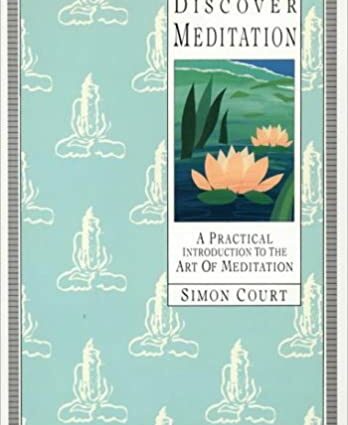Discover the art of meditation

In our increasingly connected world which promotes productivity, hyperactivity and the art of being multitasking, meditation appears for many of us as a solution to this permanent restlessness that is exhausting. If this practice is still unknown to you, we suggest you accompany your first steps in the art of meditation.
What is meditation ?
We often tend to think that to meditate is to do nothing and think of nothing. Yet the meditation is a practice, something that we do, that we experience. Rather it isa state of consciousness, a way of being in the world that it is difficult to define as there are so many types of meditations.
For the author, doctor in cellular genetics and Buddhist monk Matthieu Ricard, meditating “essentially allows you to learn to know yourself better and to cultivate an optimal way of being, focused on happiness and altruism”. Meditation is also “to avoid becoming a slave to the flood of negative thoughts that flood the mind”.
Meditating is not about chasing our thoughts and clearing it, but rather about accept these thoughts with kindness and not to cling to them.
There are many meditation techniques : Vipassana meditation, transcendent meditation, chakra mediation, zazen meditation …
The one that we practice widely in the West, and in particular by psychiatrists, like the famous Christophe André, is the mindfulness meditation. It is simply being there, in the present moment, without judgment and welcoming all the thoughts, feelings and emotions that come. It allows you to be in full awareness of yourself and others, at every moment of your existence.
Why meditate?
Meditate is get closer to the world, of our environment, to understand and love it; and a way to cultivate serenity and happiness.
Meditating is also stop, “To stop doing, to stir, to be agitated, to stay away from the world”1, to better understand it, open your eyes wide as we have never done before.
The benefits of meditation on health and well-being have been widely demonstrated by scientific research which has found in particular:
- A significant decrease in depressive symptoms2,3 ;
- An increase in emotional well-being4 ;
- A considerable reduction in stress5 ;
- A reduction in the frequency of migraines6 ;
- A reduction in symptoms related toburnout7
- And many more
How to meditate?
As we have seen, there are many techniques of meditation and the one that is used most often is the meditation of mindfulness.
To meditate, start by finding a place where you feel good. Eliminate distractions and sit comfortably.
In the Buddhist tradition, we usually meditate in the lotus position (knees on the ground, left foot resting on right thigh and vice versa). If this position is uncomfortable, you can opt for the half lotus (one leg rests flat on the calf of the other) or just sit down keeping your back straight, chin slightly tucked in and shoulders relaxed.
Then, focus on your breathing. You can mentally count your inhales and exhales to stay focused.
When your mind starts to wander, come back to your breathing with kindness, without judgment. Don’t see your feelings and thoughts as intruders and don’t try to control them. Just come back to your breathing, then focus on your sensations, what is happening in your body and around you, the noises you hear (or the silence), the smells you smell …
Learning to meditate takes time. Start by meditating a few minutes a day and increase the duration as you go.
You can also help yourself to guided meditations. You will find videos on YouTube, podcasts and applications dedicated mobiles. In many cities there are also internships, courses and workshops to learn to meditate.










